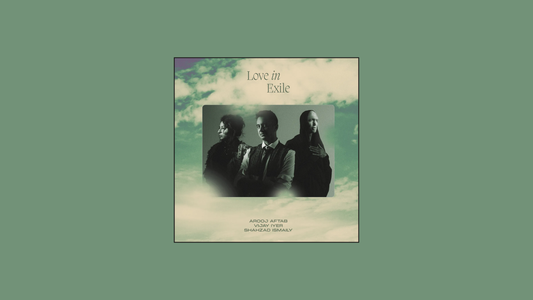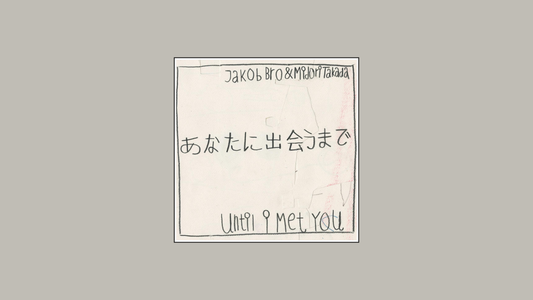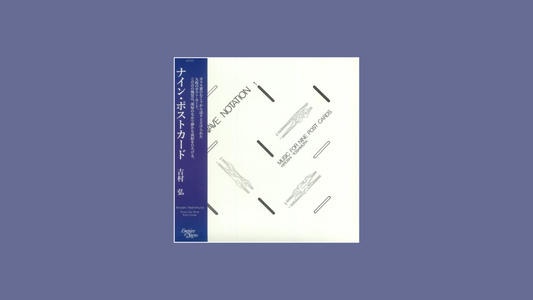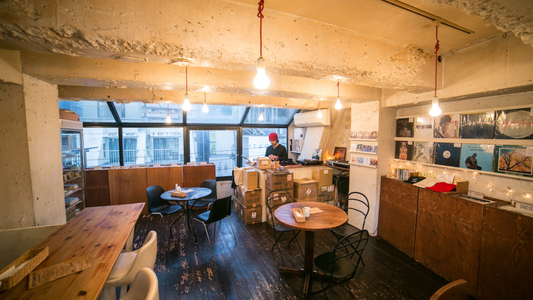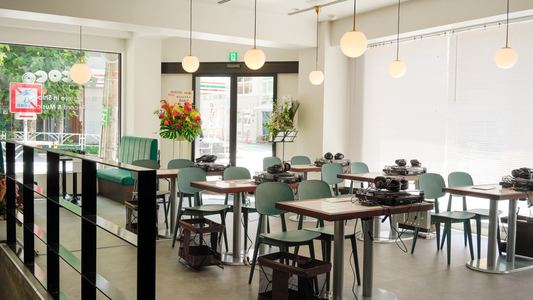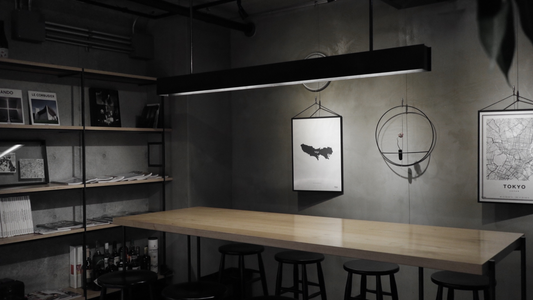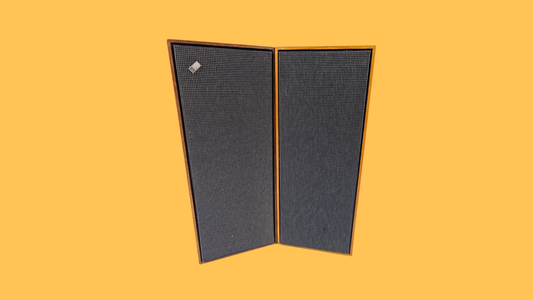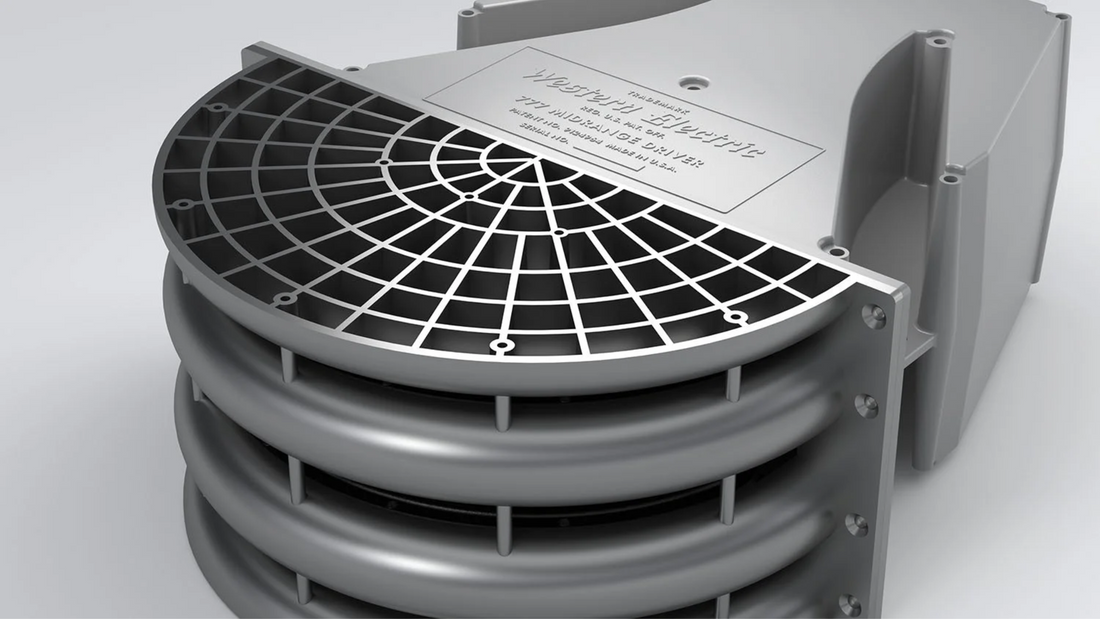
Western Electric — Horns, History, and the First Voice of Fidelity
By Rafi Mercer
Before there were audiophiles, before there were hi-fi salons or listening bars, there was Western Electric. Born in the late 19th century as the manufacturing arm of Bell Telephone, the company shaped the very language of sound reproduction. Its amplifiers, horns, and drivers were not designed for pleasure but for necessity — for theatres, telephony, and early cinemas. Yet those same inventions, decades later, would become the holy relics of listening culture. To sit in front of a Western Electric horn in a dimly lit bar is to hear not just music, but the origins of fidelity itself.
The 1920s and 30s were Western Electric’s golden years. The 555 compression driver, paired with vast horns like the 15A, became the standard for early sound cinemas. These systems were monumental — cast iron, wood, and steel structures that filled auditoriums with voices and orchestras for the first time in history. They were the moment when recorded sound stopped being private and became communal, when music gained architecture.
When those systems were eventually retired from theatres, Japanese audiophiles began to salvage and restore them. From the 1960s onwards, Western Electric became the heartbeat of the jazz kissa movement. In narrow wooden rooms, collectors installed gigantic 15A horns and field-coil drivers, powering them with glowing triode amplifiers. The effect was transformative. A Louis Armstrong vocal didn’t just play; it seemed to step into the room, embodied, undeniable. Patrons sat in silence, not out of politeness, but because the sound left no space for anything else.
I once visited such a bar in Yokohama, where a pair of Western Electric horns dominated the floor, their patina bearing the scars of nearly a century. A Billie Holiday record spun, and her voice emerged not as recording but as presence, textured and fragile yet impossibly alive. It felt less like playback than séance, as if the horn had pulled her across time into the present. That is the Western Electric magic — sound so immediate it collapses distance.
Compared with JBL’s monitor punch or Klipsch’s live-wire energy, Western Electric feels elemental. It is slower, weightier, less about detail than about tone. But that tone — rich, human, saturated — is addictive. For listening bars that lean into history, that want their nights to carry the gravity of memory, nothing rivals it.
The visual presence is equally striking. A Western Electric horn is not furniture; it is architecture. Painted steel, flared wood, sometimes larger than the bar itself, these machines declare themselves as monuments. Patrons may not know the name, but they feel the aura. The bar becomes a chapel, the horn an altar.
Today, original Western Electric components are scarce, commanding reverence and astonishing prices. Yet their influence remains everywhere. Companies like G.I.P. Laboratory and GOTO Unit continue to recreate and reinterpret their designs, keeping the lineage alive for new generations of listeners. Still, it is the originals — the battered drivers, the ancient horns — that carry the true weight of history.
In the end, Western Electric represents the first voice of fidelity. Without it, there would be no JBL, no Altec, no modern listening bar culture. Every room that devotes itself to listening owes something to those early horns and amplifiers. And every time a Western Electric system breathes life into a record, it reminds us that fidelity was never about perfection. It was about presence — the act of making sound real in space.
Rafi Mercer writes about the spaces where music matters. For more stories from Tracks & Tales, subscribe, or click here to read more.
